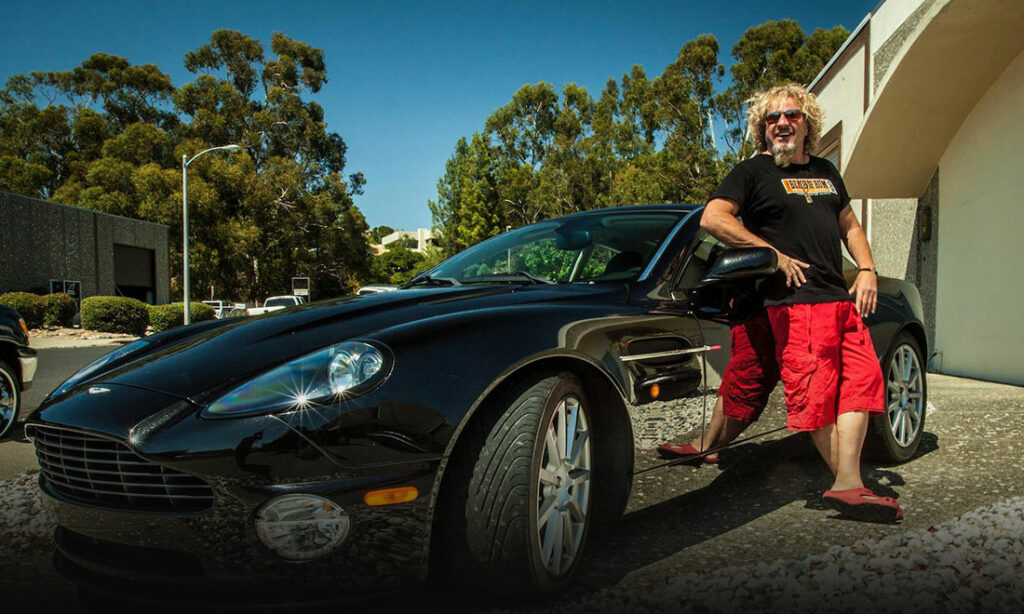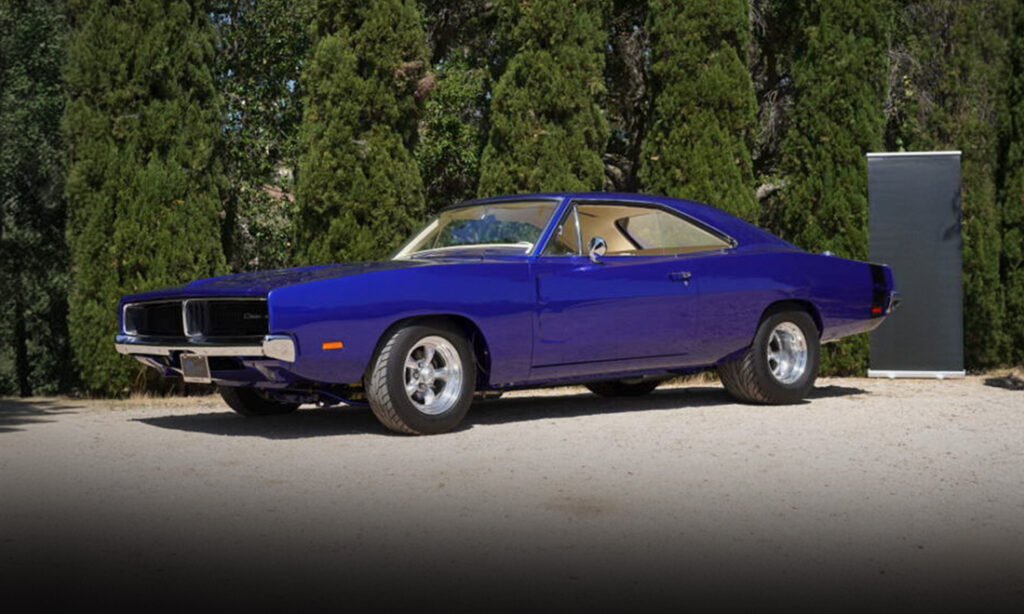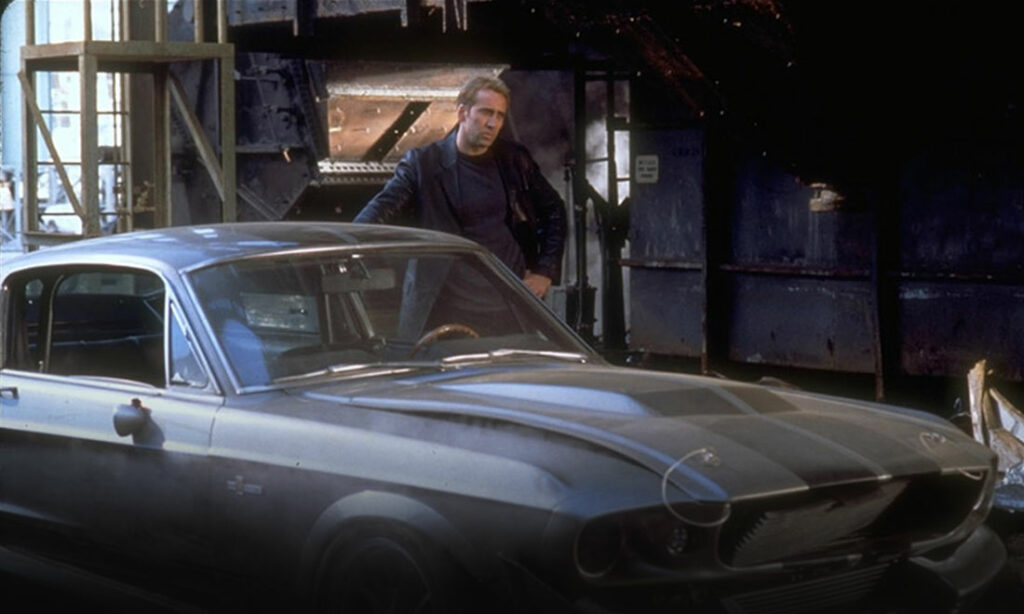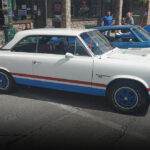The History of Taxicabs
Who invented taxicabs? Why are they yellow? And what’s “The Knowledge”? All this and more in this brief history of the taxicab.
All Hail the Taxicab
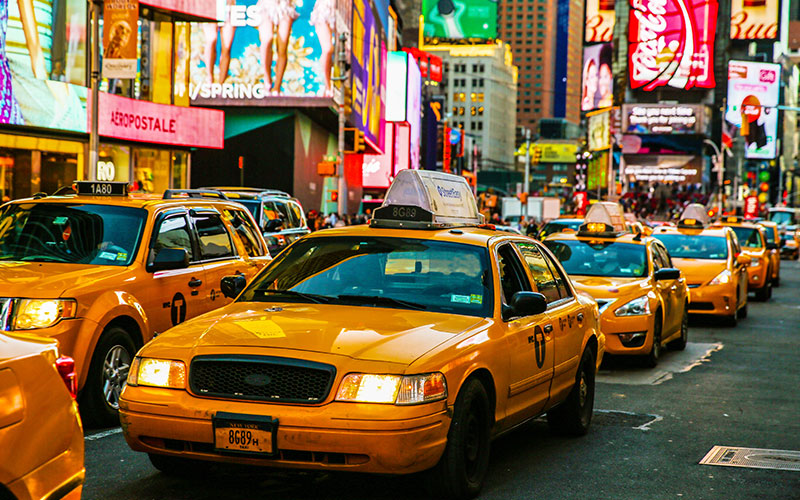
The taxicab is one of the signature features of metropolitan cities like New York, Chicago, Paris, and London. Yellow, green, or dressed in black, the familiar taxi has become a fundamental part of navigating our urban environment. The history of the taxicab is as varied the cities that created and shaped them. Below we’ll explore the origins and evolution of the taxi from horse-drawn hackney carriages to checkered cabs to ride sharing apps.
The First Taxi Cabs
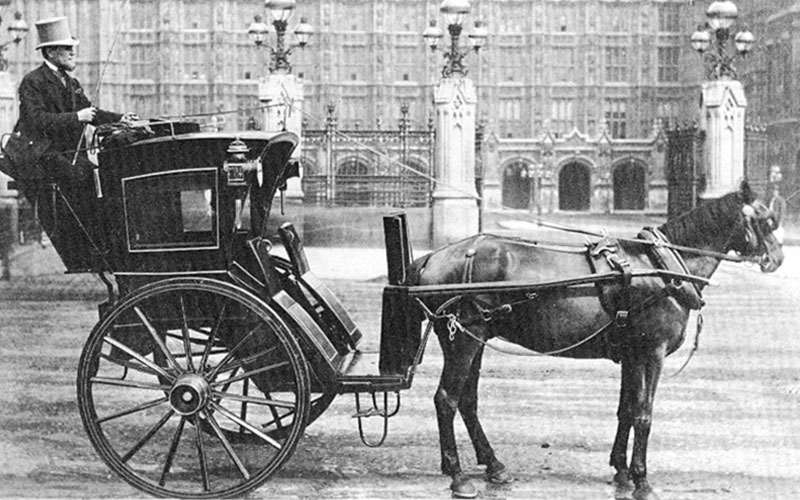
The very first for-hire urban transportation dates back to Paris and London in the 1600s. Hackney carriages could be hired to take a fare from one place to the next, with a profusion of such businesses cropping up throughout the 17th century. The Hansom cabriolet, invented by Joseph Hansom, would be introduced in England in 1834. The two-wheeled carriage was designed for maximum maneuverability in congested urban streets.
In 1891, the German Friedrich Wilhelm Gustav Bruhn invented the taximeter to accurately measure the distance a wheeled vehicle had traveled. A few years later in 1897 Gottlieb Daimler, inventor of the automobile, applied the taximeter to an internal combustion automobile, dubbing it the Daimler Victoria. He built these early taxicabs (the name combining taximeter and cabriolet, French for an open carriage) for entrepreneur Friedrich Greiner of Stuttgart, Germany who started the world’s first taxi car service. The trend of taxicabs quickly spread from Germany to Paris and London.
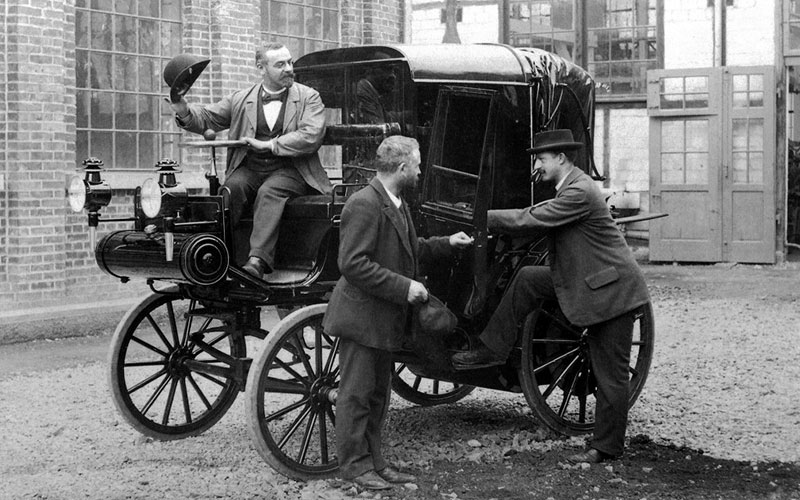
An ocean away that same year, Samuel’s Electric Carriage and Wagon Company was founded in New York City. These early electric taxis eventually grew to a fleet of nearly 1,000 cars. It would take a full decade for the first internal combustion taxis to arrive in America. In 1907, Henry N. Allen imported 65 red and green taxicabs from Paris, France and had them painted yellow.
Why Taxis are Yellow
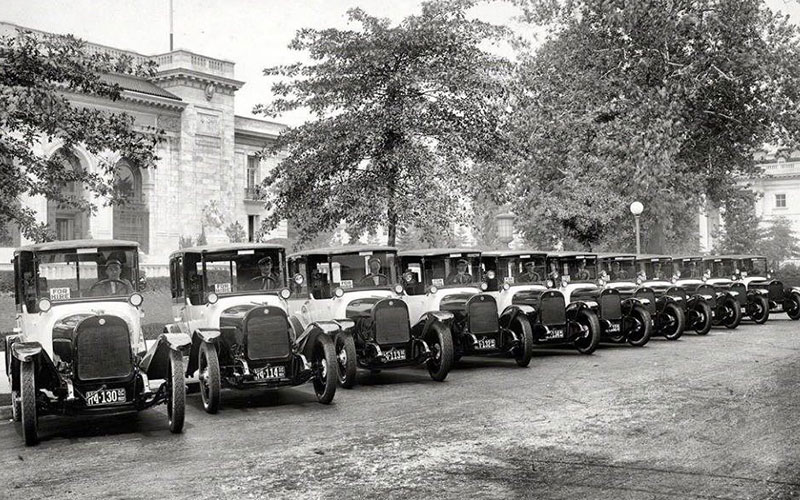
Allen wasn’t the only one who had the bright idea (an unavoidable and thoroughly regrettable pun) of starting a taxicab business. John Hertz (yep, the same Hertz of rental car fame) started a taxicab business in Chicago, Illinois in 1907. He too chose yellow as he’d read a university study that found yellow with a tint of red was the most visible color at long distances. By 1915, he’d officially incorporated his own Yellow Cab Company with some 40 yellow cabs in his fleet.
And then there was Albert Rockwell of Bristol, Connecticut, had started his taxi company in 1908 after a visit to Europe where he saw the burgeoning taxi business first-hand. In 1912 he officially incorporated the Yellow Taxicab Company, reportedly choosing yellow because it was his wife’s favorite color. Rockwell went on to sue dozens of cab companies that painted their taxis yellow. The spate of litigation eventually led to a New York State Supreme Court ruling stating that cabs could indeed be painted yellow so long as they weren’t misrepresenting themselves as being part of the Yellow Taxicab Company.
Modern Evolutions
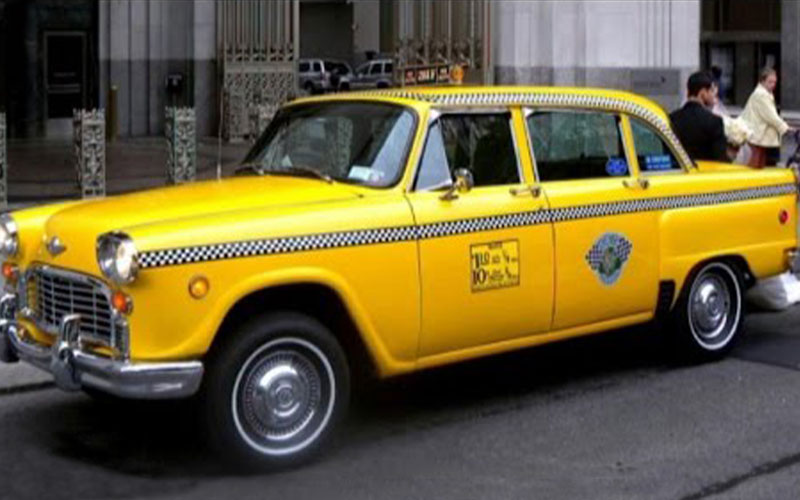
Over the decades, the number of taxicabs in New York and other major world cities exploded. By the 1920s, there were thousands on the streets of New York and the big business attracted both Ford and GM who each built and operated taxis in the city. The Checkered Cab Manufacturing Company arrived in the 1920s to add some visual diversity to the city’s taxis with their signature white and black checkered stripe along the side.
The Hass Act of 1937 saw the first major regulation of taxicabs in New York City. Introduced by mayor Fiorello LaGuardia, the Haas Act implemented the medallion system for licensing taxicabs. Two-way radios would become the norm in taxis, enabling drivers to easily communicate with dispatchers.
During the subsequent decades, competing livery services expanded to compete with taxicabs. Livery services were limited to pre-arranged rides, while taxis could be hailed from the street. Liveries tended to operate in the outer boroughs of New York and taxis within Manhattan proper. They were also often the refuge of people of color who couldn’t get a taxi to stop for them. In 1969, a new regulation required that taxis and only medallioned taxis could be painted yellow. This protectionist move drew the ire of livery service drivers who overturned taxis in protest.
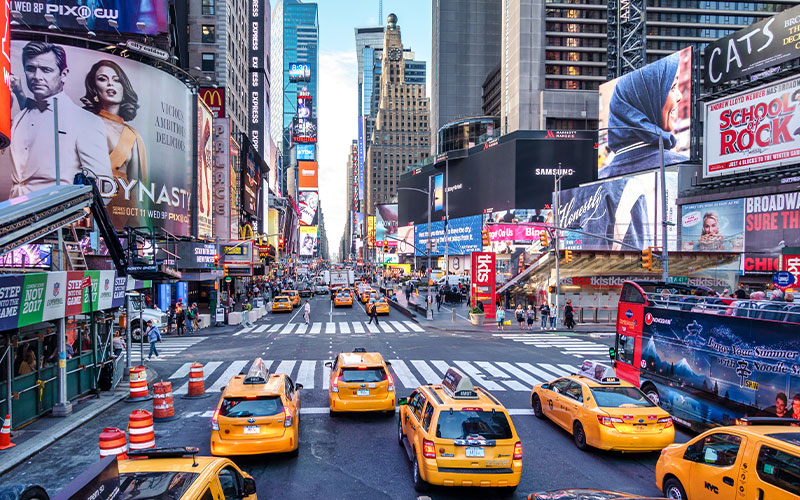
The 1970s and ‘80s were a rough period for New York City and its cabbies. The rise in violence permeated the lives of New Yorkers and taxicab drivers were right in the midst of it, just ask Travis Bickel. Bullet-proof glass partitions would become the norm in the 1980s. On a lighter note, that same decade computer aided dispatching arrived.
Today, there are over 13,237 medallion licensed taxi cabs in New York City. This is despite the growth of Uber, Lyft, and other ride hailing services. Interestingly, ride hailing services have combined the hailing aspect of traditional taxicabs with the on-call nature of a livery service with the final piece being an easily downloaded smartphone app. Even with this level of convenience, the taxicab business still thrives in New York City.
International Taxis
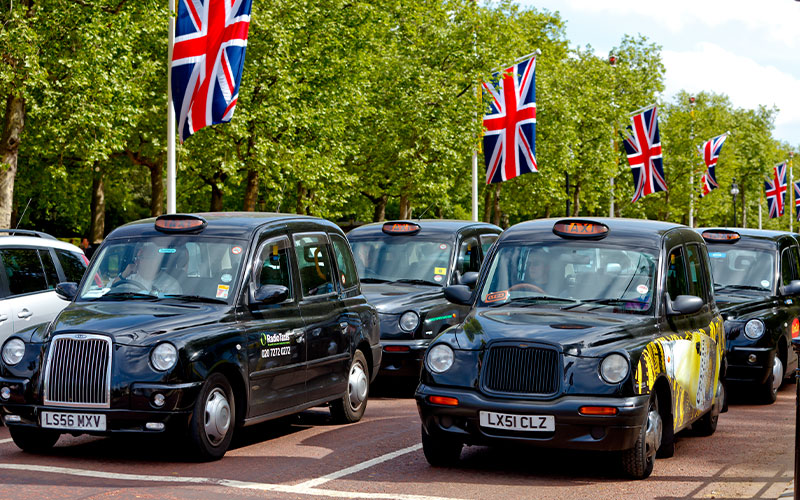
Taxi happens to be one of the most common words across the world, similar to coffee and telephone, thanks to modern globalization. For-hire transportation takes many forms across the world from the three-wheeled auto rickshaws of Asia to the black cabs of London.
Indeed, London’s black cabs are equally famous to New York’s yellow taxis. Drivers are required to take a comprehensive training called “The Knowledge” short for The Knowledge of London, that takes a full 34 months to complete. Drivers are then expected to be able, without the aid of maps or GPS, to navigate the labyrinthine streets of London.
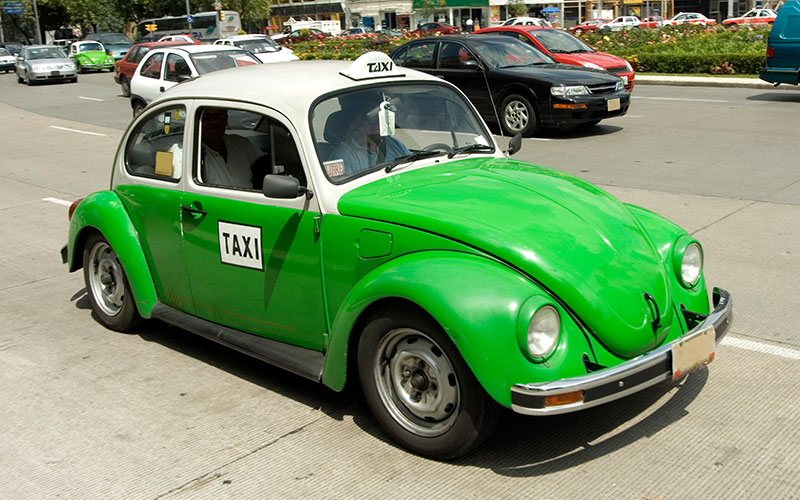
Mexico City is considered to have the most taxicabs of any city in the world with over 140,000 serving the city of some 21 million people. For decades the most common taxi there was the Volkswagen Beetle painted green with a white roof. New safety regulations implemented in 2003 saw a shift toward more modern vehicles like the Nissan Tsuru. Today, the regulation taxi color scheme in Mexico City is pink and white.


